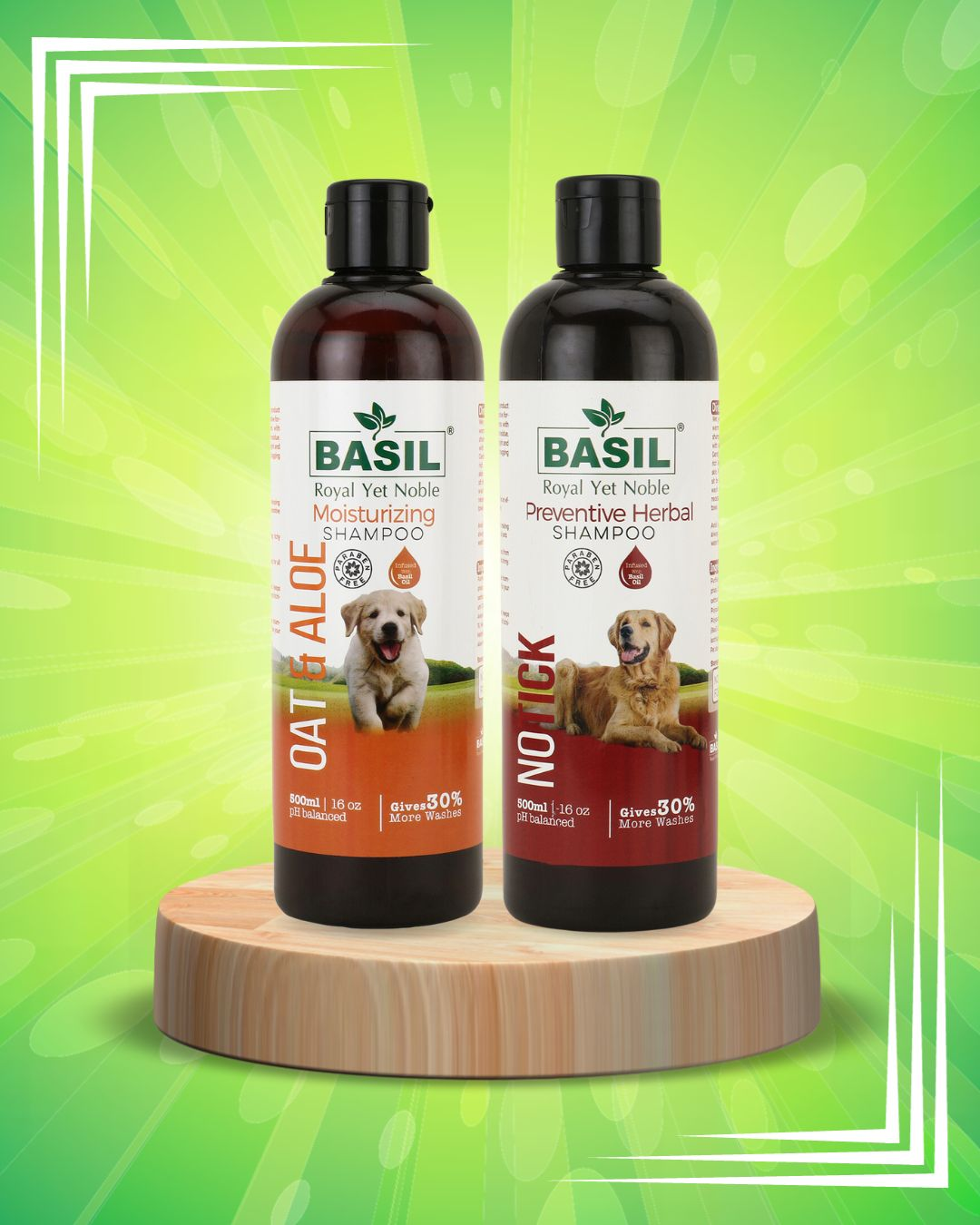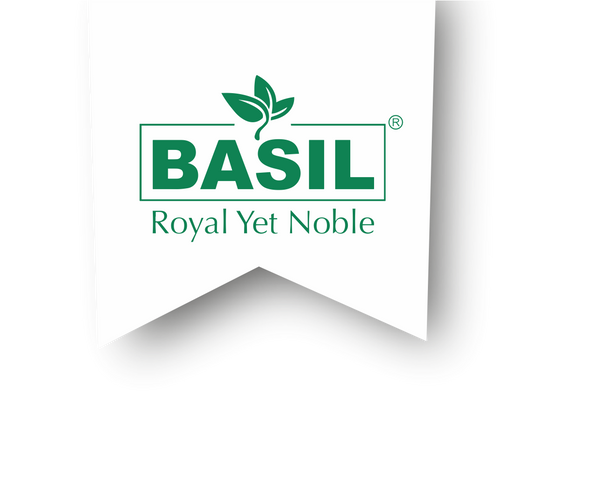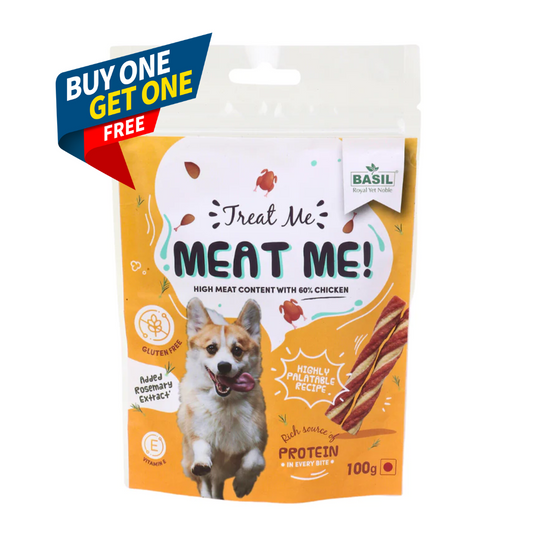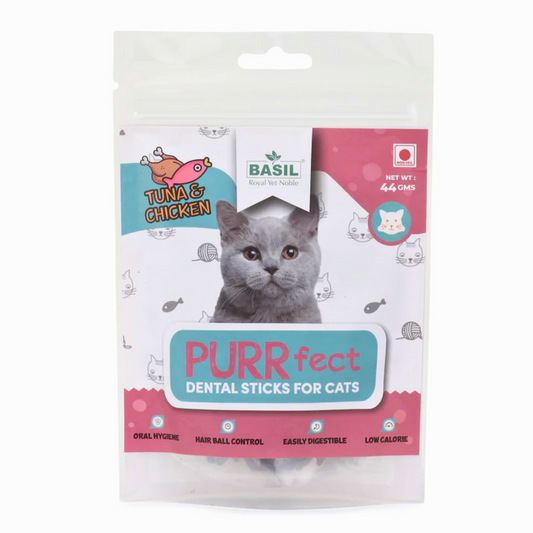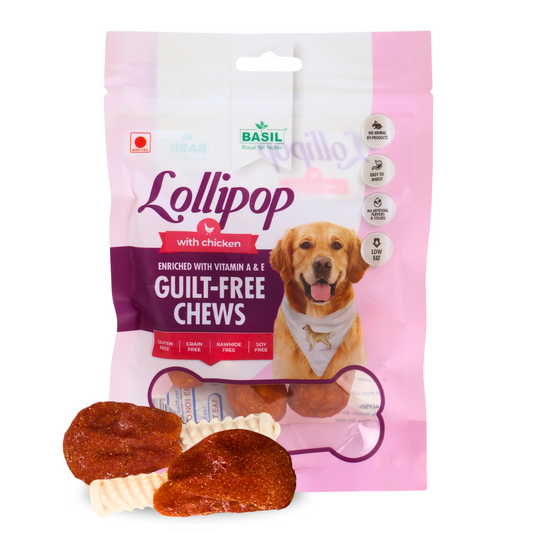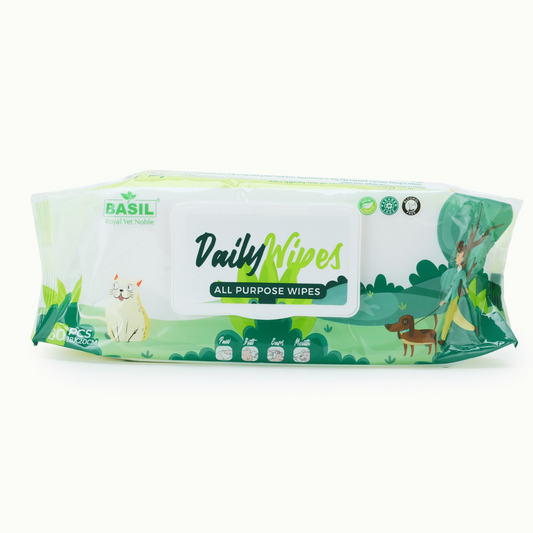Does your dog shed fur like a blizzard hits your living room daily? Do you dream of a life where tumbleweeds of fur aren't your biggest enemy? If you own a double-coated dog, you're not alone!
This incredible fur type keeps your dog cosy in winter and cool in summer, but it also comes with the unique challenge of double the shedding. However, armed with the knowledge of double coats, you can confidently tackle this issue. This guide to dog grooming care will delve into the mysteries of double coats and equip you with brushing techniques for different fur types, empowering you to keep your furry friend healthy and comfortable.
With the right tools and techniques, dog grooming care can transform from a chore into a special bonding time for you and your dog. Imagine the joy of seeing your dog's contented face as you gently brush their fur. So, grab your brush and get ready to embark on a journey of dog grooming care for double coats, strengthening your bond with your furry companion.
Understanding the Double Coat
A double coat is a two-layer wonder. The fur layer, commonly known as guard hair, is coarse, impervious to water and protective from the weather. During our dog's daily outdoor activities, it serves as the weatherproofing and shielding layer. The thin, coarse guard coat that may vary in length lies at the top and the soft, thick undercoat that ensures they remain warm follows. Twice a year, usually in the spring and the fall, dogs with hair that are two times thick "go out of season," they shed the old undercoat to let the new one grow. This shedding season can be rough and intense, leaving your favourite couch and clothes hairy.
Brushing Techniques for Different Double Coat Types

Not all double coats are created equal. The length and density of the undercoat vary between breeds. Here are brushing techniques for different double coat types:
- Short Double Coats (Labrador Retrievers, Pugs) - Dogs might appear low-maintenance, but their undercoat can surprise you. Regular brushing (at least once a week or daily during shedding) is key. Use a rubber brush like a Zoom Groom to remove loose hair and stimulate the skin. Apply gently to moderate pressure while brushing in the direction of fur growth.
- Medium Double Coats (German Shepherds, Corgis) - Dogs have a thicker undercoat than their short-haired counterparts. A slicker brush is your go-to tool for detangling and removing loose hair. Start with the slicker brush, then follow up with a metal comb or undercoat rake to remove dead undercoat fur. Brushing 2-3 times a week is recommended, increasing daily during shedding seasons.
- Long Double Coats (Huskies, Samoyeds) - Dogs demand the most attention in the brushing department. Their thick undercoat can easily mat if neglected. Brushing should be a daily ritual during shedding and at least 2-3 times a week otherwise.
Here's a step-by-step approach for long double coats:
- Detangle: Use a wide-toothed metal comb to gently work through matted areas. Patience is key – avoid pulling, as this can hurt your dog.
- Undercoat Removal: Your secret weapon is an undercoat rake. Brush toward fur growth, starting from the head and working your way back. Be gentle and avoid digging into the skin.
- Finishing Touches: After removing the undercoat, use a slicker brush to smooth out the topcoat and remove any remaining loose hair.
Brushing Tips for a Happy Dog
- Make it a positive experience: Brush your dog in a calm and happy environment. Offer praise and treats throughout the process to create a positive association.
- Start young: Get your puppy accustomed to brushing from a young age. This makes it easier and less stressful for both of you in the long run.
- Brush in sections: For long-haired dogs, divide their fur into sections and brush each section thoroughly.
- Pay attention to detail: Don't forget areas like the chest, belly, legs, and tail.
- Know when to stop: If your dog becomes agitated or uncomfortable, take a break and return later.
Essential Tools for Double Coat Care (Dog Grooming Care)
Brushing is the primary step of successful dog grooming care for double coats. But with so many brushes on the market, choosing the right ones can feel confusing. Here's a breakdown of the essentials:
- The Undercoat Rake: This tool tackles the dense undercoat, removing loose fur before it sheds all over your house. Look for a rake with wide teeth that glide through the fur without damaging the topcoat.
- The Slicker Brush: This versatile brush detangles, removes loose hair, and smooths the topcoat. Choose a slicker brush with fine, flexible bristles that won't irritate your dog's skin.
- The Pin Brush: This brush is great for general brushing and removing light tangles. It has longer, spaced-out pins that penetrate the topcoat to reach the undercoat without scratching.
- The Finishing Brush: This brush, often made of boar bristles, adds shine and polishes the topcoat. It's perfect for a final touch after using the other brushes.
Beyond Brushing: Dog Grooming Care Essentials

Brushing is crucial to dog grooming care, but it's not the whole story. Here are some additional tips for keeping your double-coated dog looking and feeling their best:
- Bathing: While frequent baths can strip away natural oils, a bath every 4-6 weeks can help remove excess fur and dirt. Use a gentle dog shampoo and conditioner suitable for double coats.
- Diet: A healthy diet rich in omega-3 fatty acids can promote healthy skin and coat. Consult your veterinarian for dietary recommendations.
- Professional Grooming: Consider professional grooming services for stubborn mats or a deep clean. An experienced groomer can handle difficult tangles and ensure your dog receives a thorough cleaning.
Bonus Tips for Different Double Coat Concerns
- Excessive Shedding: Consult your veterinarian if your dog seems to be shedding excessively outside of shedding seasons. Underlying health conditions like allergies or skin problems can sometimes be the culprit.
- Matted Fur: If your dog's fur becomes severely matted, attempting to brush it out yourself can be painful for them. In such cases, it's best to seek professional help from a groomer. They can safely remove mats and recommend a grooming routine to prevent future matting.
- Skin Irritation: Brushing regularly helps distribute natural oils that keep your dog's skin healthy. However, consult your veterinarian if you notice any signs of skin irritation like redness, flaking, flaking, or scratching.
Double Coat Dog Breeds (Not an exhaustive list):
Here's a quick reference of popular dog breeds with double coats:
- Short Double Coat: Labrador Retrievers, Pugs, Beagles, Chow Chows
- Medium Double Coat: German Shepherds, Corgis, Australian Shepherds, Shiba Inus
- Long Double Coat: Huskies, Samoyeds, Golden Retrievers, Newfoundlands, Saint Bernards
Conclusion
Patience and the right tools can turn those double-coat dilemmas into a distant memory. You'll be left with a happy, healthy pup with a coat that's the envy of the dog park!
Remember, even with a good routine, issues can arise. For dog grooming care, it's always best to consult your veterinarian if you notice anything unusual.
With these tips and tricks, dog grooming care for your double-coated friend becomes a breeze. Regular brushing keeps their coat healthy, minimises shedding, and strengthens your bond. Dog grooming care is an investment in your pet's health and happiness; a little effort goes a long way!
So, grab your brush, shower your pup with love, and enjoy the benefits of a well-maintained double coat! Remember, dog grooming care doesn't have to be complicated – with some practice, it can be a fun and rewarding experience for you and your furry companion!
